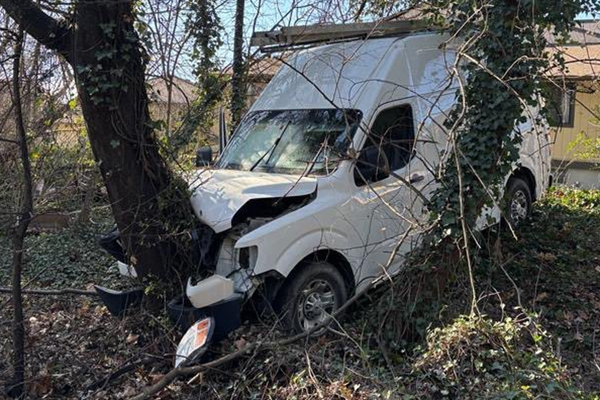
-
Tom, 8, asks: when did sabre-tooth cats diverge from big cats and domestic cats?
Yesterday
About 250,000 years ago
20 million years ago
1 billion years ago
-
Billy, 8, asks: what temperature is radon a solid at?
50 degrees C
Minus 1C – cold enough to see your breath
Minus 71C – colder than the usual temperature in Antarctica
Minus 171C – colder than the coldest place on Earth
-
Avery, 6, asks: why is the sun made of gas?
The sun is a star, and all stars are made of gas
The sun was a solid but it made itself so hot it melted
It’s not a gas, it’s a solid
It’s made of all the helium escaped from balloons
-
Alice, 10, asks: why are little sisters so annoying?
They’re still learning how to share and take turns, so they copy bigger siblings or try to get attention – which can feel annoying
Their job is to ruin their older sibling’s day
Evil fairies made them that way
It’s how they score points with other little sisters
-
Leo, 5, and Rosa, 7, ask: why is an elephant so big?
Their ancestors ate magic beans to make them grow
Because they eat so much
They grow throughout their whole lives
They’re the largest land mammals on Earth and their bodies have adapted to help them thrive
Solutions
1:C - Sabre‑tooth cats were part of a now‑extinct group called Machairodontinae. Scientists believe sabre-tooth cats split from the ancestors of modern cats 20 million years ago, long before modern humans existed., 2:C - Radon is a gas most of the time, but if you cool it a lot it can change into a liquid and then a solid. It turns into a solid at about -71C. That’s colder than the usual temperature in Antarctica., 3:A - The sun is a star, and all stars are made (mostly) of gases, mainly hydrogen and helium. The sun is very hot (more than 15 million C in its middle) and nothing solid or liquid can exist there., 4:A - Younger brothers and sisters are still learning how to relate to us and manage big feelings. Copying siblings or wanting attention can be their way of showing love. Things that annoy you now might make you laugh or feel close in years to come. (Though sometimes they are just trying to annoy you!), 5:D - Elephants are the largest land animals as their bodies have adapted to help them survive. Their size helps them stay safe from predators, and they can store lots of food and water.
Scores
-
5 and above.
-
4 and above.
-
3 and above.
-
2 and above.
-
0 and above.
-
1 and above.
Molly Oldfield hosts Everything Under the Sun, a podcast answering children’s questions. Do check out her books, Everything Under the Sun and Everything Under the Sun: Quiz Book, as well as her new title, Everything Under the Sun: All Around the World.







